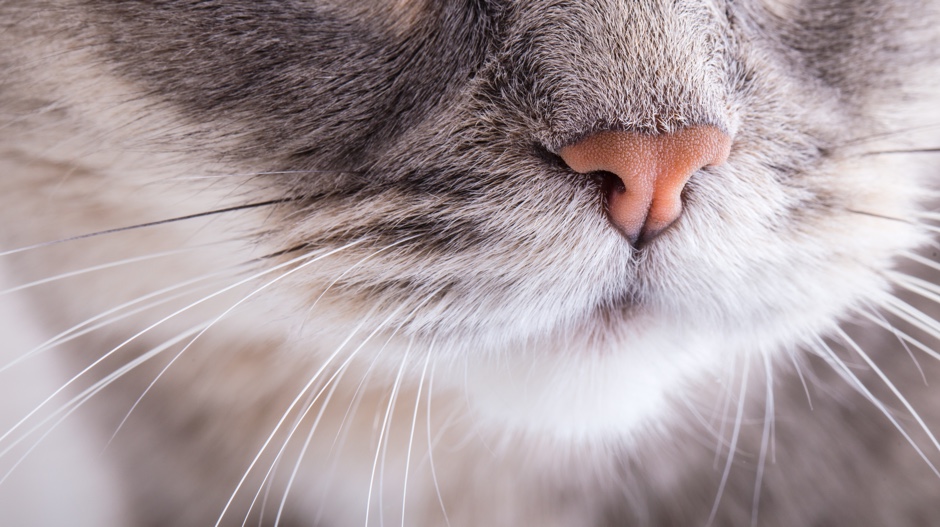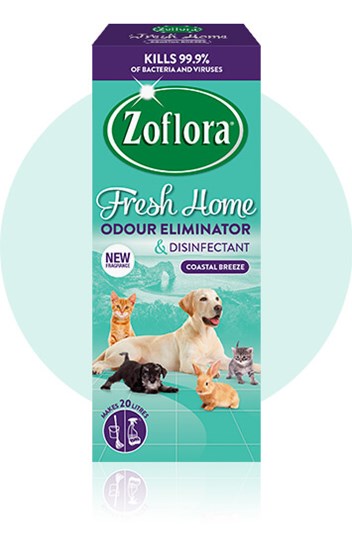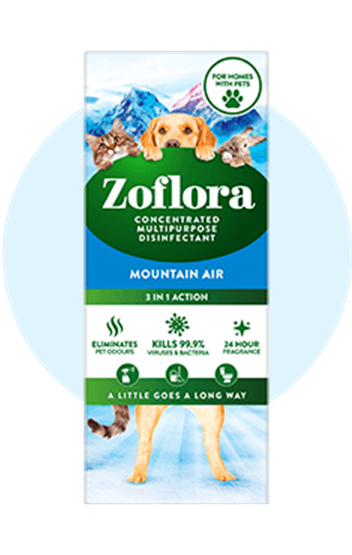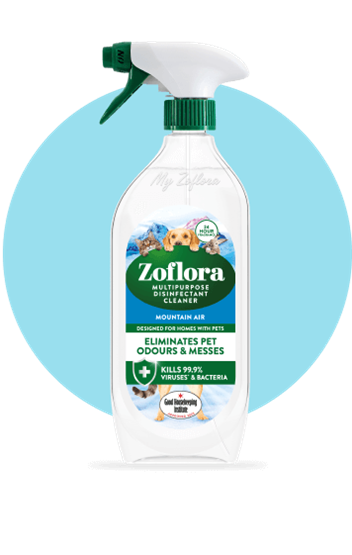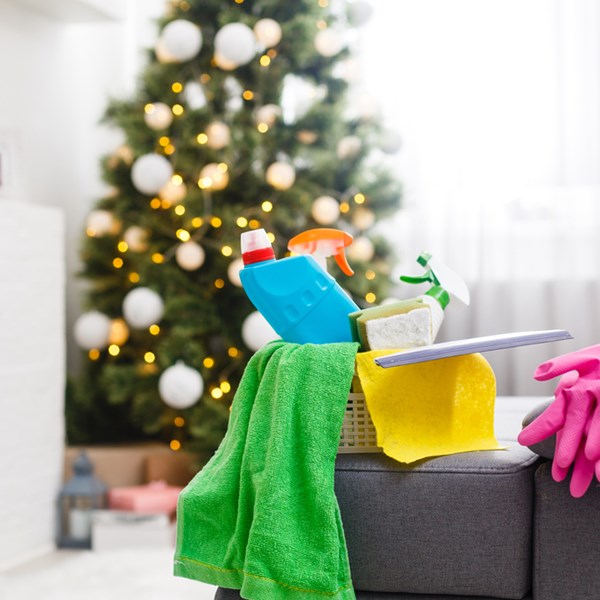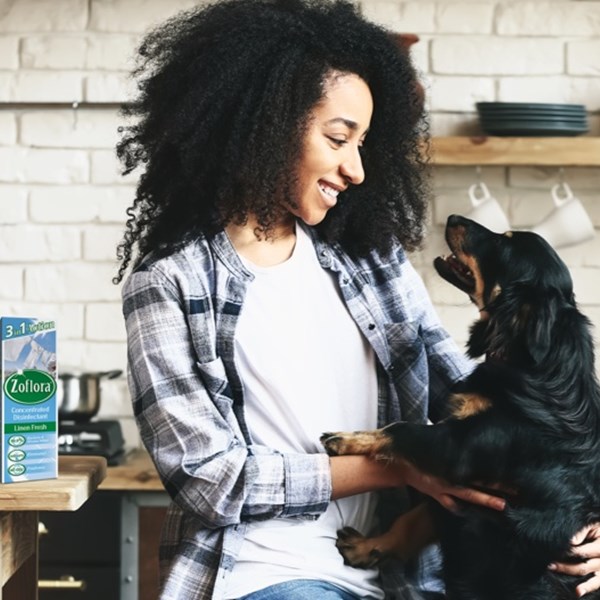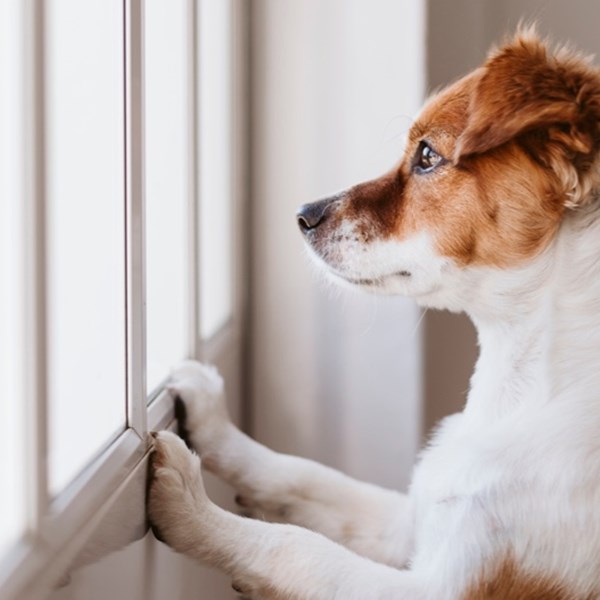Feline Hungry? How best to manage your cat’s food and water to keep them healthy!
Our cats have a reputation for being fussy, picky eaters and drinkers. They often turn their nose up at the finest food money can buy and ignore the bowls of water we leave out for them, but all is not as it seems! Our cats do enjoy their food and do want to drink their water, but sometimes we don’t make it easy because we don’t understand how they really like to eat and drink.*
(*So, yes, you could consider that they are fussy, but I prefer ‘particular’! Anyway, as long as we get their catering requirements perfect, then they will be happy. A condition that will come as no surprise to most cat owners!)
Cats eating habits
Firstly, cats are “little and often” eaters. In the wild, they hunt small prey and will have several successful kills each day. They are not gorgers or meal eaters like dogs, or humans for that matter! They are nibblers. This is why so many cats are considered ‘fussy,’ because when we put a bowl of food down, we expect them to eat it all and when they take just a couple of mouthfuls, we think they have rejected it, when that’s actually all they wanted and will be back in an hour to do the same thing again.
Cats who are hoovers and those who do clear their bowls are generally disordered eaters, and this behaviour can lead to them being overweight. We can also encourage them to gulp their meals down if we have more than one cat and we bring them together to eat because as well as not being meal eaters, cats are not great sharers either. Again, if you have gone to the effort of hunting and catching your dinner, you aren’t going to want to share it! If someone is hanging around, your cat is probably going to gobble it down as quickly as possible, so other cats don’t get a chance to take it. In a cat's mind, it doesn’t really matter if the other cat is eating as well, they just want to make sure that they eat and get their food down as quickly as possible.
This means that it is very important that we never force our cats to be near each other when they eat. Two food bowls on one mat is a very common set up but that is too close together. The bowls need to be at opposite ends of a room, or even in different areas of your house.

Also, try to avoid “mealtime” type situations where you open a can or pouch of food and all the cats come running together for it. They may choose to be there to eat but that is simply because the desire for food overrules the lack of enthusiasm for gathering together. They find it stressful when we give them no choice.
Instead, try to prepare any bowls away from your cats and once they are ready, place them at spread out ‘feeding stations’, rather than creating a free for all-around your ankles!
Another thing to know is that because of their independent nature, cats are not good at changing their minds or their plans. If a cat decides they want a snack, heads off to the food bowl and there is another cat eating already, this puts them in a quandary that they find very stressful. Should they continue with going to eat? Will it mean being with the other cat? Should they walk away and come back at a later time?
To us looking on, it might simply look like they are staring down the other cat, but for the cat, this is an incredibly difficult dilemma and can cause real distress which can eventually manifest as health problems or aggressive behaviour between our pets.
What should be in our cat’s bowls?
There is a dizzying choice of foods on the market and picking one out for your pets can seem daunting. I am not going to go into a detailed discussion of picking a good food right now, (that is a whole blog in itself!), but I would advise a complete food from a well established and reputable company that employs a properly qualified nutritionist, with a PhD or Masters in the subject, or a vet with specialist nutritional qualification.
Given our cat’s preference is to graze, the most practical option is to leave a bowl of kibble down for them so they can come and go as they wish. However, it is a good idea to occasionally give them some wet food so that they are accustomed to a range of textures in their meals.
This can be helpful if they ever develop any health problems and need to be fed a special diet. Cats can become fixated on particular textures and refuse to consider anything else. These preferences are often set early in life, so offering a variety of food while they are still a kitten is a good plan.
For those who are greedy and clear their bowls, it can be a challenge to encourage “little and often eating”, especially if we are out during the day. Slow feeder bowls are very helpful in these circumstances, as are clockwork feeders which open small sections over the day.
Make mealtimes interesting
Puzzle feeders and toys are also a great way of slowing down speedy eaters and can mimic hunting and stalking behaviours, which burns calories and is an incredibly satisfying and enjoyable experience for our cats. Especially those who live indoors and have generally few opportunities to mimic those natural behaviours.
Another tip is to place several small cups or bowls around the house with a few bits of kibble in each one. This encourages our cats to move about and look for their food, again imitating their innate hunting and searching instincts.
Helping our cats to work for their dinner gives them a physical workout, vital for all animals to stay healthy but particularly beneficial if they are overweight, and is amazing mental stimulation that can have a significant impact on some stere-related behavioural issues.
Although Zoflora should not be used to directly clean pet’s food bowls, it can be used on the floors and surfaces around where they eat, which is particularly useful for messy eaters! Use Zoflora’s Fresh Home range, which is specially developed to be better tolerated by our pets’ sense of smell, to keep their feeding areas hygienically clean and beautifully fragrant, while not upsetting our fussy furry friends! Just remember to dilute Zoflora as per the on-pack instructions and allow surfaces to dry completely before allowing pets back in contact.
Cats drinking habits
Cats are not particularly motivated drinkers, they originally evolved in dry, desert environments, so can survive on very little water, even if that might not be the best thing for their health.
In addition, like with their food, they can be very particular about when and where they want to drink, so if the perfect set-up isn’t provided, they probably won’t bother.
The biggest mistake we make as pet owners is assuming that they want to eat and drink together like we do. They do not. (This is a running theme in caring for cats, their likes and dislikes are often the polar opposite to ours!). Again, it relates to how things are in the wild and those instincts which are part of our cat’s psyche.

When a cat catches their prey in the wild, especially if it is a rodent, any nearby water is probably close to where the prey lives and therefore likely contaminated with their droppings and urine, which could mean it could make the cat sick. This is particularly true of rats who often have burrows close to slow-moving or still water.
So, it is completely inbuilt in our cats to not drink close to where they eat. This is why those ‘double bowls’, with a side for water and the other for food, are not always a good idea. Either use both sides for the same thing, or throw it out!
This is also why cats will often completely ignore the bowls of water left out for them and leave their owners exasperated when they see them outside drinking from puddles! They are well away from their food, and the water is probably pretty fresh. These tasty puddles are also wide and flat… which brings me on to my next water point.
Choose the right bowl
Cats HATE getting their whiskers wet and often really dislike it when they touch the sides of bowls. Their whiskers are super-sensitive and many find it very irritating when they are nudged and pushed when they eat or drink. It is probably one of the reasons some cats take their kibble out of their bowls piece by piece and eat it on the floor instead.
So, if you have water bowls in the house, they need to be wide and filled right to the brim. And don’t wait for your cat to finish it before topping it up (you will be waiting forever!). Change the water often so it is nice and fresh, but be prepared for them to ignore it and drink outside anyway!
Cats also love to drink from moving water, again for the same principle that it is less likely to be contaminated. My cat, for example, loves to drink from the showerhead and every morning demands that I put it on the floor of the shower with a small trickle so he can help himself! He is not very keen on a dripping tap, but some cats love them!
Others chose to drink from glasses, often while we are still using them! (These guys are often less bothered by their whiskers getting squished!). Again, the glass is likely nowhere near where they eat and the clear sides mean they can keep an eye on the world around them while they lap. (That really is one of the best things about owning a cat, figuring out their individual likes and dislikes. They all work on similar principles but have VERY different preferences!)
Getting your cat to drink more water
Most cats manage fine on their naturally low water intake but some do need to be encouraged to drink more for health reasons, like cystitis or kidney disease, as well as figuring out what they like best and providing it (we are nothing if not their servants after all!). Luckily, there are other methods we can use to really help increase their fluid intake.
One is to flavour the water. Take the spring water from a tin of tuna (not brine as it’s too salty, and not the oil as it’s too fatty) and freeze it into small ice cubes, use one a day in the water bowl, your cat will be able to taste the difference and should drink more as a result.
You can also try placing water bowls in all rooms of the house, the less effort our cats have to make to drink, the better! If your pet enjoys moving water, then water fountains can be a brilliant way of upping their fluid intake. Be aware, however, that some cats do not like fountains and will not use them, so only buy one if you are happy your cat will drink from it, otherwise, it could be an expensive mistake!
You can also increase the amount of wet food you give them, it is 70% water so will really help to hydrate them. Just remember to feed less kibble to compensate for those extra calories in the other 30%.
Finally, your vet will be able to provide you with flavoured jellies and powdered electrolyte solutions that can both increase fluid intake and provide vital nutrition, especially for those cats with underlying illnesses that will be helped by drinking more.
Again, Zoflora cannot be used to clean their water bowls directly but it is important to keep the surrounding area hygienically clean, especially if they are splashy lappers!
So hopefully you can now see how cats aren’t trying to be difficult when it comes to their food and drink, they just have very exact requirements! Once you understand what they need, it really isn’t too difficult to provide the perfect dining experience. This will not only mean they eat and drink well for the betterment of their health and wellbeing, but you will probably save money because you won’t be constantly throwing food away.

